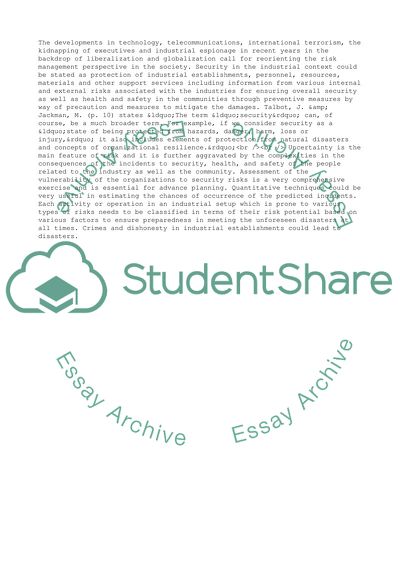Cite this document
(Security and Risk Management Literature review Example | Topics and Well Written Essays - 2000 words - 1, n.d.)
Security and Risk Management Literature review Example | Topics and Well Written Essays - 2000 words - 1. Retrieved from https://studentshare.org/management/1751943-security-and-risk-management-an-introduction
Security and Risk Management Literature review Example | Topics and Well Written Essays - 2000 words - 1. Retrieved from https://studentshare.org/management/1751943-security-and-risk-management-an-introduction
(Security and Risk Management Literature Review Example | Topics and Well Written Essays - 2000 Words - 1)
Security and Risk Management Literature Review Example | Topics and Well Written Essays - 2000 Words - 1. https://studentshare.org/management/1751943-security-and-risk-management-an-introduction.
Security and Risk Management Literature Review Example | Topics and Well Written Essays - 2000 Words - 1. https://studentshare.org/management/1751943-security-and-risk-management-an-introduction.
“Security and Risk Management Literature Review Example | Topics and Well Written Essays - 2000 Words - 1”. https://studentshare.org/management/1751943-security-and-risk-management-an-introduction.


